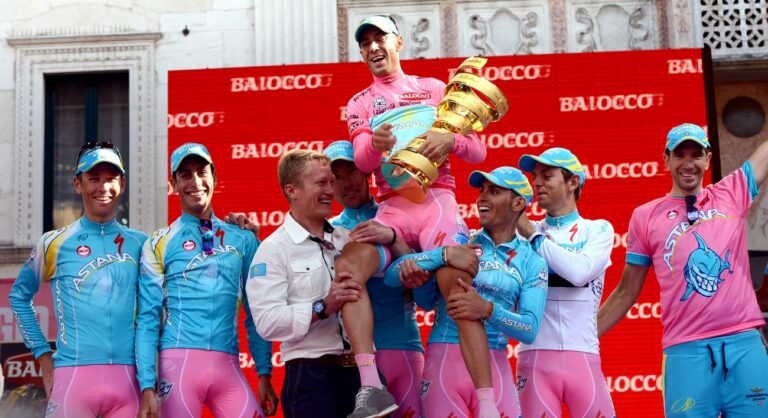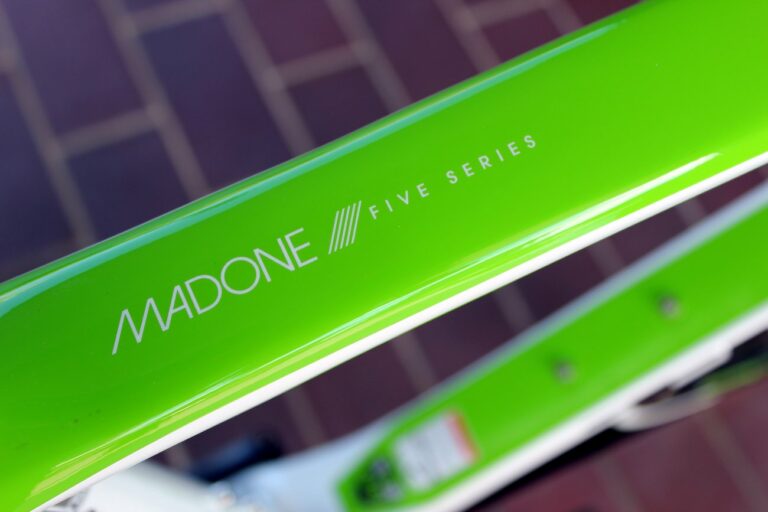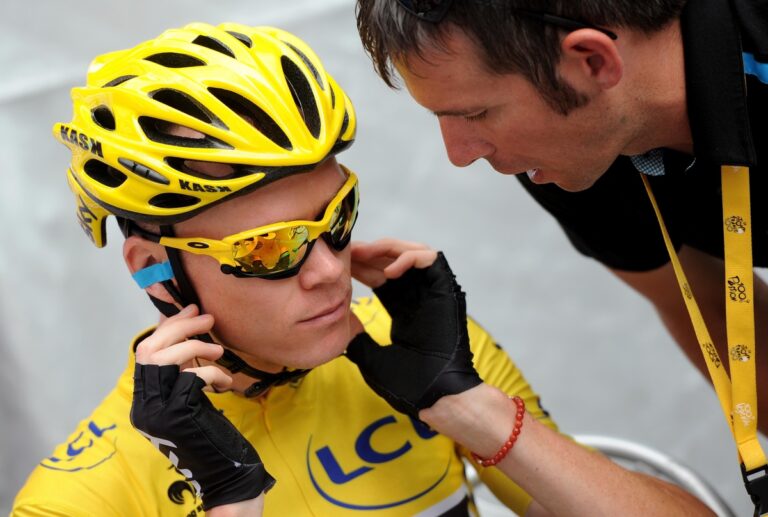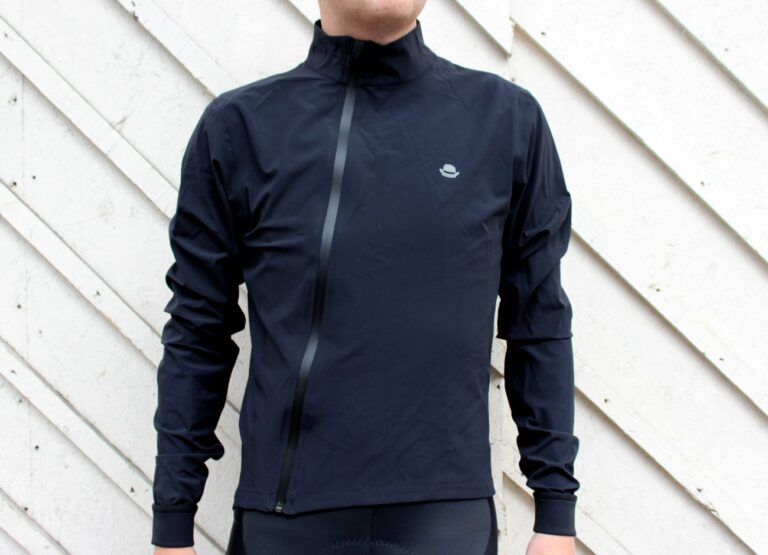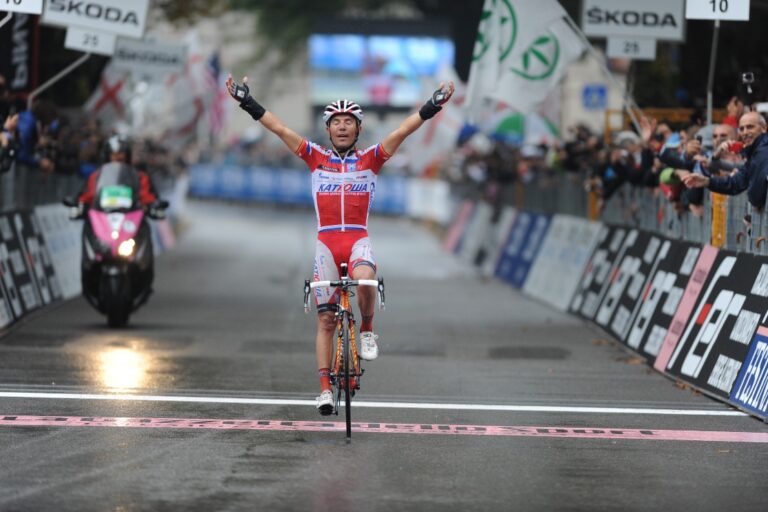Cube have unveiled their model year 2014 line-up, with updated and upgraded specs across the German firm’s three road platforms.
Cube have developed a reputation for well-specced and well-priced bikes, and the Peloton Race and Agree GTC, reviewed on RoadCyclingUK in November 2012 and January 2013 respectively, impressed on both fronts.
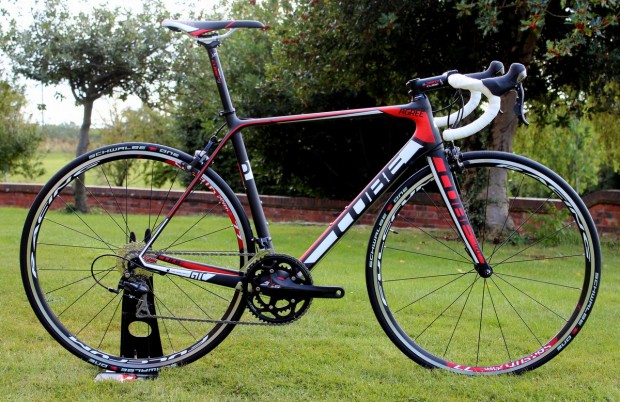
The Peloton is Cube’s entry-level, aluminium range, while the carbon fibre Agree GTC collection is aimed at sportive riders. The Litening range, meanwhile, offers a more race-ready package.
Cube operate a “if it ain’t broke, don’t fix it” approach to their product life cycle so all three platforms carry over to model year 2014, though it’s fair to say they are working on something new for 2015.
But this is now and we headed to Cube’s UK dealer show in Worcester to take a closer look at the forthcoming line-up.
Peloton
While the three road frames remain unchanged for the new model year, Cube told us they have, on the whole, been able to drop the price or up the spec across the range, and that is most evident on the Peloton Race, where they have managed to do both.

The Peloton is Cube’s aluminium road frame (paired with a fork with carbon blades and an alloy steerer) and we were impressed by its stiff, responsive ride, marking it out as a lively alternative to entry-level carbon fibre. Internal cable routing – not often seen on an aluminium frame – and a tapered headtube are two of the features regularly seen on more expensive bikes.
The Race is the most expensive of the three Peloton models but Cube have dropped the price by £80 to £999 (it now falls under the Cycle to Work threshold) for 2014, while also upgrading the non-series Shimano brakes to 105 to complete a full groupset from the Japanese component manufacturer’s mid-level offering.
That’s rare on a machine of this price and a point worth reiterating. Cube try and spec complete groupsets where possible and that’s noticeable across the range. It’s a refreshing approach in contrast rivals machines which may be advertised as being specced with Shimano 105, but in reality only the shifters and rear mech (as an example) are as such.
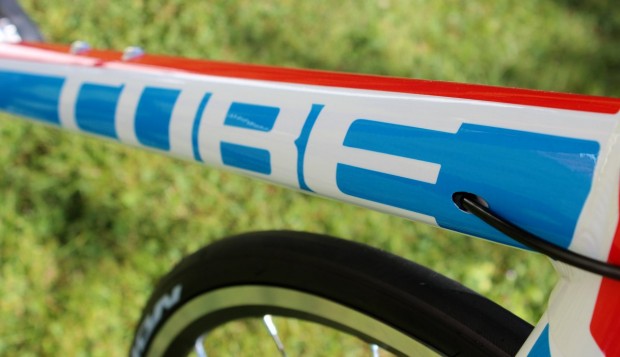
“We’ve had a big focus this year on complete groupsets – cassette, chain, the whole thing,” Cube UK’s Dan White told RoadCyclingUK. “There are a couple of non-series parts on a couple of bikes which hit a price point, and to offer a complete range without big jumps in price, but we’ve tried not to cut any corners on the spec.”
Shimano 105 aside, the Peloton Race is specced with Mavic Aksium wheels shod with Mavic Aksion tyres, Cube-branded finishing kit (which is made by German brand Syntace) and a Selle Italia X1 saddle for a claimed weight of 8.7kg. The Peloton Race is also the only bike in the Cube road range offered in two colours: the white/blue/red pictured and a black/red/white alternative.
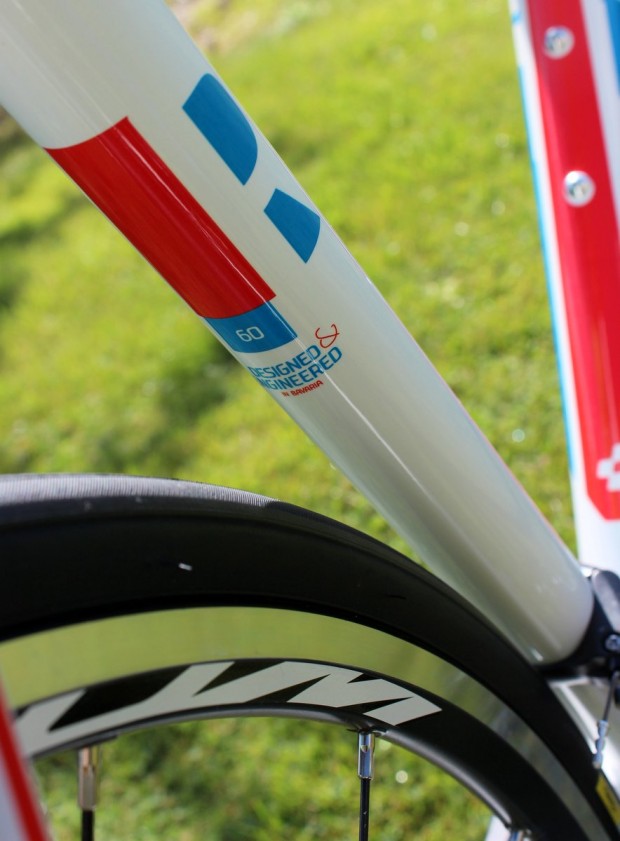
Otherwise, the Peloton Pro is one of the few bikes in the Cube line-up based around a mixed groupset, with the front and rear mech Shimano 105, the shifters Shimano Tiagra, and the brakes and crankset non-series offerings. Fulcrum’s Racing 77 wheels (essentially a re-badged version of the Italian firm’s Racing 7 hoops), Schwalbe Lugano tyres, Cube finishing kit and a Selle Italia X1 saddle complete a build that comes with a claimed weight of 9kg and a £879 price tag.
Moving down another level and the regular Peloton swaps in a Shimano Sora groupset and Cube own-brand wheels for £699 and a claimed 100g weight penalty over the Peloton Pro.
Agree
The Agree is Cube’s ‘every man’ carbon platform, with a six-model range which starts at £1,199 and rises to £2,699. Two frames feature in the range, with the opening two bikes using a frame with external cable routing, and the four more expensive models based around an upgraded frame with internal cable routing and Di2 compatibility.
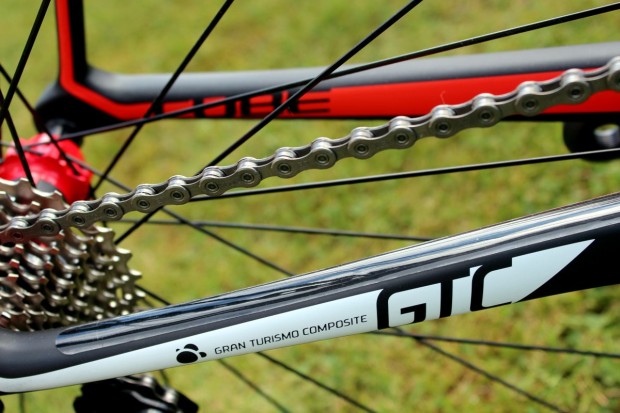
Both frames, however, have a PressFit bottom bracket and use Cube’s Advanced Moulding Technology in key areas on the frame. Claimed frame weight for the Agree is 1,150g, which is impressive considering the range of price points offered.
Of the six Agree models, we picked out three – the £1,399 Agree GTC Pro, £1,899 Agree GTC SL and £2,099 Agree GTC SL – for a closer inspection. Otherwise, you can see the full range on the Cube website.

Sitting above the entry-level, Shimano Tiagra-equipped Agree GTC, the Agree GTC Pro is equipped with a full Shimano 105 groupset, Fulcrum Racing 77 wheels, Schwalbe’s new flagship One tyres (an impressive addition to the spec sheet at this price), Cube finishing kit and a Selle Italia X1 saddle for a claimed weight of 8.3kg.
Jump up the range, past the Agree GTC Race, and the Agree GTC SL gets an upgraded Shimano Ultegra groupset and DT Swiss CSW RA 2.0 wheels for a 400g reduction in claimed weight to 7.9kg.
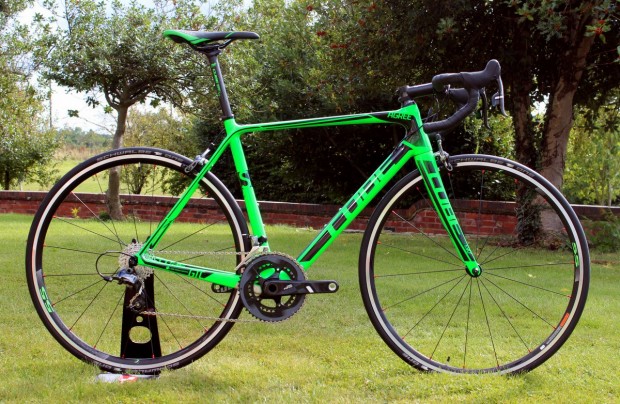
Finally, second-from-top in the range (below a Shimano Ultegra Di2 model) is the Agree GTC SLT, which comes with the SRAM Force 22 we rode for the first time at Eurobike and Fulcrum Racing 5 hoops to drop the claimed weight to 7.6kg.
Litening
The Litening is Cube’s flagship race frame and it comes with a suitably low claimed weight of 860g. That provides the basis for a very light machine, with the flagship Litening Super HPC SLT Di2 coming with a claimed weight of just 6.2kg.
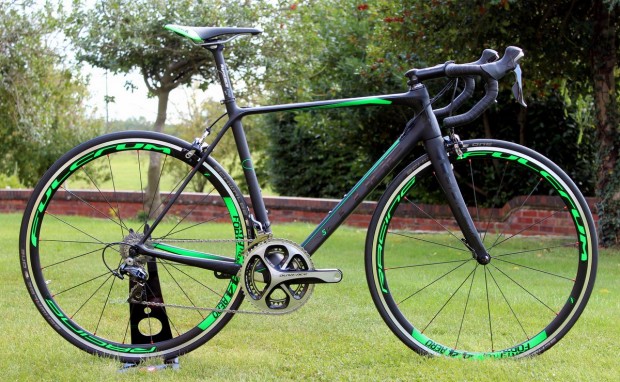
Two types of carbon fibre are used across Cube’s range, with the Agree utilising what they call Gran Turismo Composite and the Litening made from a lighter, stiffer blend dubbed Super High Performance Composite.
Cube say the Litening’s Advanced Twin Mold manufacturing process helps achieve the frame’s low weight while ensuring it remains rigid in all the right places. The carbon layers are placed directly onto an internal mould, made from a flexible plastic, and pressure is then applied to the tube walls to achieve a cleaner and more precise lay-up. Cube say this allows them to place more carbon where where it’s needed and less where it’s, well, not needed. It’s not a unique process – Felt’s InsideOut technology is one similar application – but it helps Cube ensure the Litening is competitively light.
The process is also used on the Agree but only on key junctions in the frame, whereas the Litening is an Advanced Twin Mold construction in its entirety.

That aside, the frame is made from 100 per cent carbon fibre, down to the headset and bottom bracket bearing cups, which also helps to shave a few grams off the headline weight. Other frame features include internal cable routing (the Litening is compatible with both mechanical and electronic groupsets) and a tapered headtube paired with Cube’s 320g CSL Evo fork.
Four bikes make up the model year 2014 Litening range, with the Litening Super HPC SLT Di2 the flagship machine at £6,099, equipped with Shimano Dura-Ace Di2 9070, Mavic R-Sys SLR wheels shod with the French firm’s Yksion tyres, Syntace finishing kit and a Fizik Antares saddle.
Meanwhile, the Litening Super HPC SL pictured above shares the same 6.2kg claimed weight as the Di2 model but is nearly half the price at £3,499. It swaps in the mechanical version of Shimano’s range-topping 11-speed Dura-Ace groupset and Fulcrum Racing 44 Aero wheels wrapped in Schwalbe One tyres. As a result, it’s almost half the price at £3,499.

Moving down the range again and Litening Super HPC Race is dressed in SRAM Red 22, with Fulcrum Racing 55 wheels, again shod in Schwalbe One tyres for an all-up weight of 6.4kg and a £3,399 price tag.
And finally, the Super HPC Pro opens the range at £2,299. For that you get mechanical Shimano Ultegra (in its latest 11-speed iteration), Fulcrum Racing 55 wheels, Schwalbe One tyres, Syntace finishing kit and a Selle Italia X1 saddle. Claimed weight rises to 7.3kg.
Website: Cube


